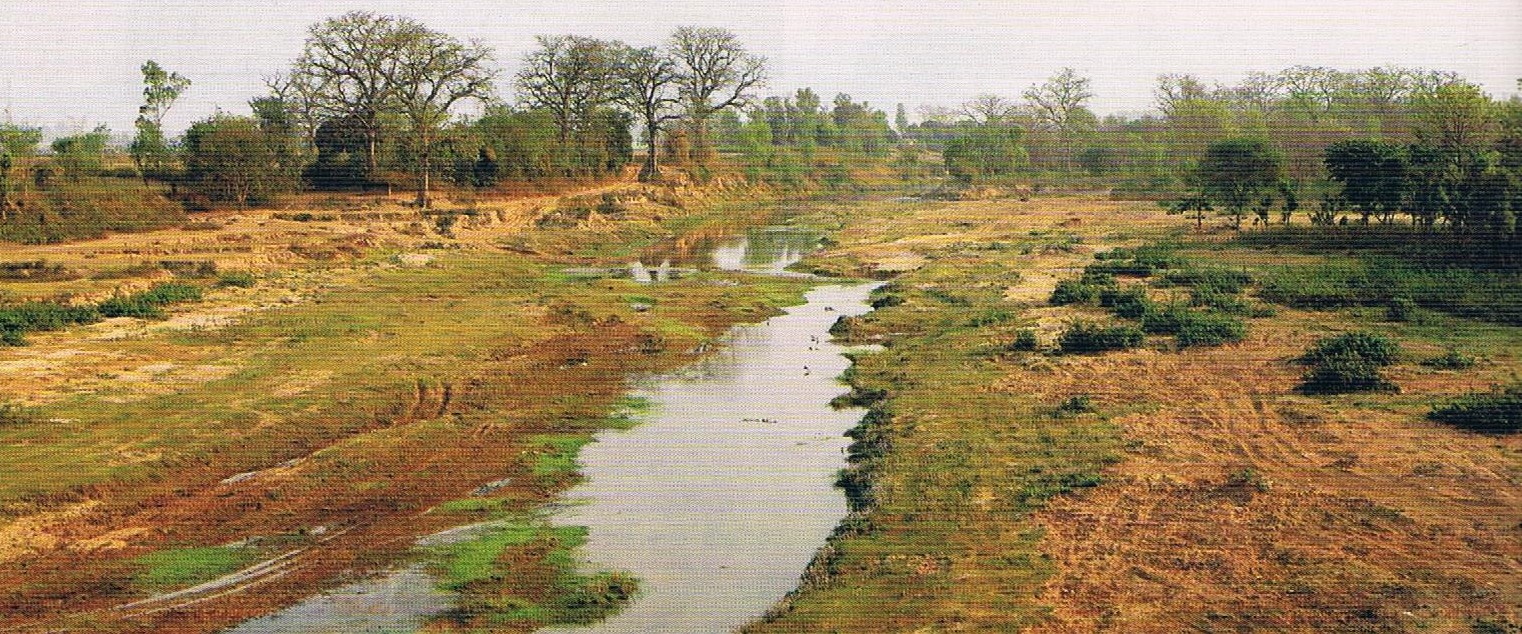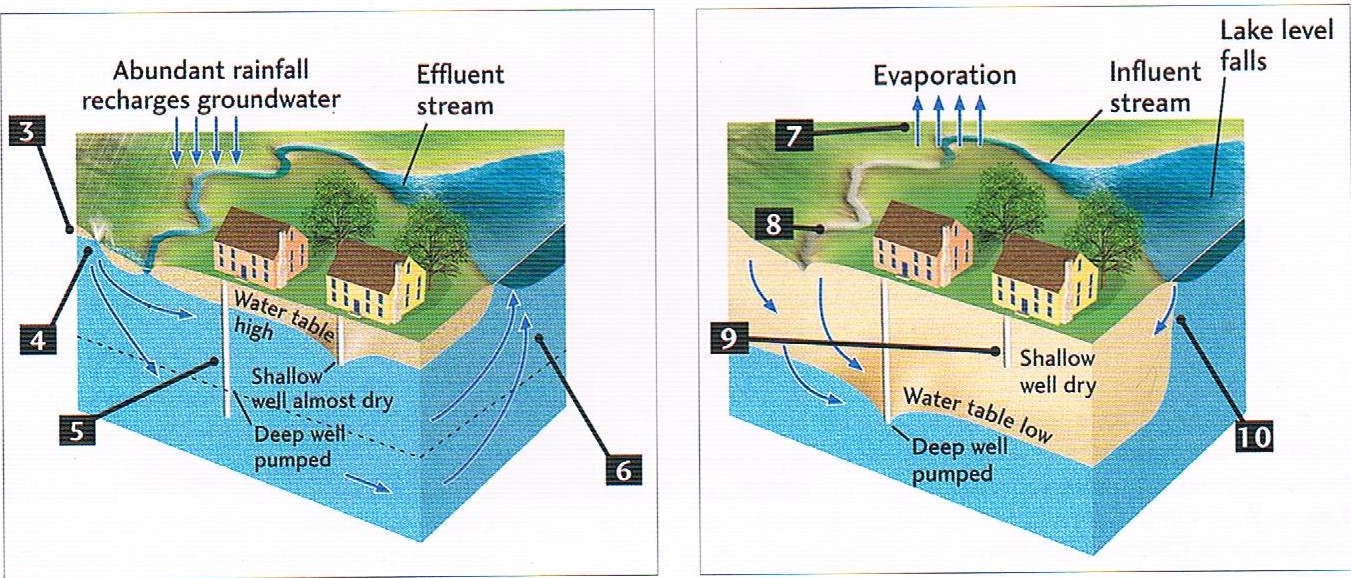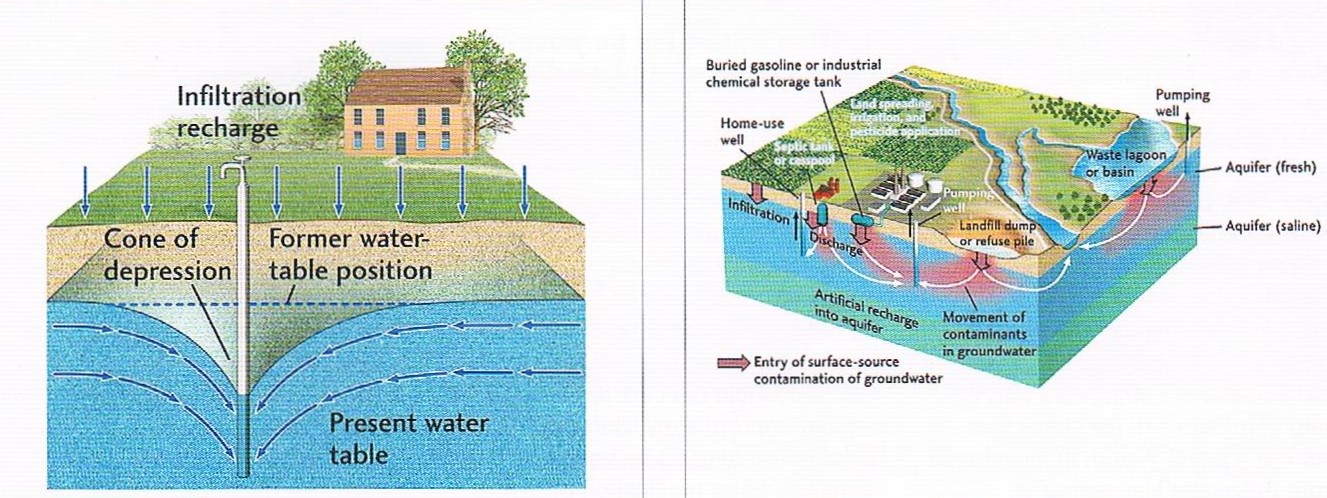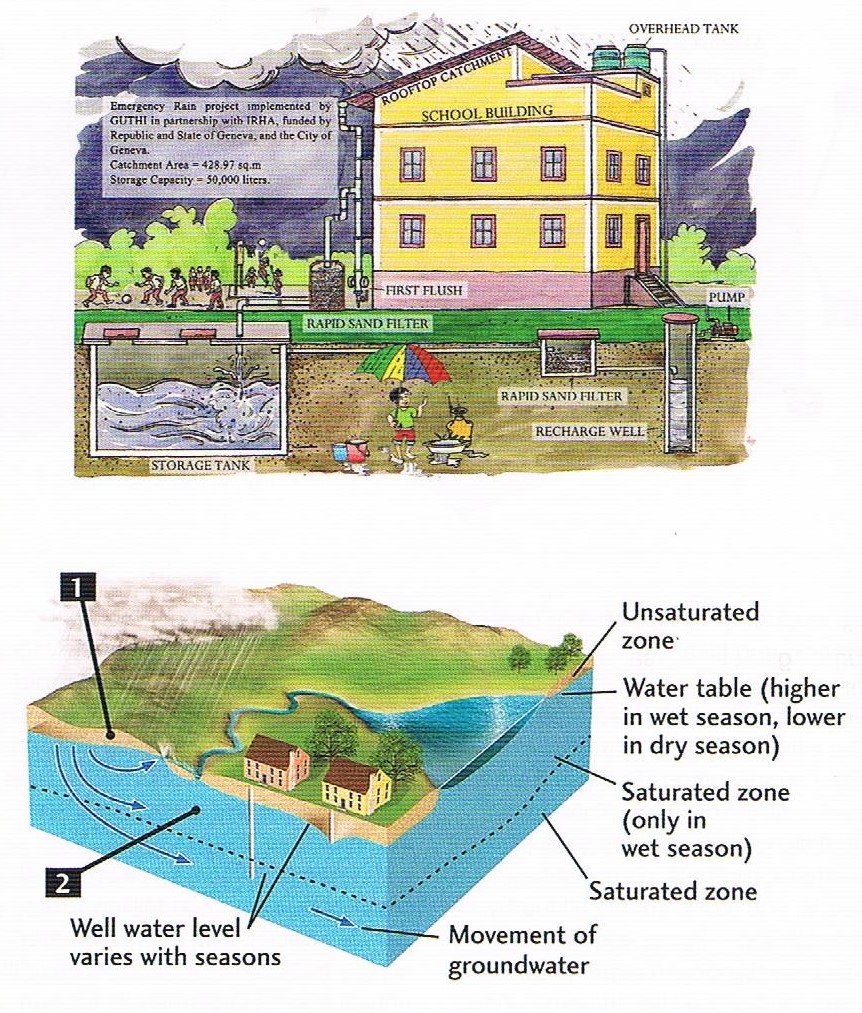Text and photo: Rahul G Rajkarnikar
Nepal rests between two gigantic land masses and graces an unpredictable landscape decorated with diverse vegetation and the animals adapted to live within. It only covers three percent of the landmass in South Asia. The largest water reserve in Nepal is merely four percent of the available reserve to the neighboring countries.


The cost of this diversity is bore by the six thousand river and its tributaries efficiently distributed across the landscape, reaching the tightest corners inside the earth. These water systems are effectively supplied by rain. Every year, Nepal receives additional water from the clouds brought by the winds from distant Indian Oceans and Mediterranean Region. Monsoon contributes the most with about eighty-five percent of the total water supply between June and August. The winter rainfall caused by the western disturbances covers the rest between December and February.

Annually, Nepal receives about 1,600 mm of rainwater. That is about the size of a swimming pool. However, this number is simply an average over the year. Sometimes the pool does not fill up, else it overflows. In either case though, nature requires the swimming pool to be full all the time. The best solution to the puzzle would be to store the overflowing water from the wet period and introduce it when the climate is dry.
Cloud water that fall tend to move towards river streams where it flows as a collective unit. However, not all water ends up reaching the stream. Certain quantity of water runs off and oozes into the earth. The water moves down vertically, sideways or both and finds the empty space between soil particles until it becomes full. It can only be estimated that the quantity of groundwater is 20 times more than the amount of visible water in river streams and lakes.
Our ancestors understood this. The intricate system of traditional water supply across Patan is the most notable example. This system consists well planned network of irrigation canals, community ponds, and stone spouts all fed by groundwater. Hence, essentially, Groundwater became an integral and iconic part of the Newari community. Additionally, one in two people in Terai directly depend on underground water for their daily water consumption. Utilization of wells and taps is simple and convenient as it only requires rainwater to recharge it naturally. Unfortunately, centralized development has swayed the natural order.
After a drastic change in political landscape in 1950, Kathmandu Valley and fewer major cities witnessed rapid concrete urbanization. Every year, an estimated 100,000 migrants entered the Valley. The population since rose to four million and so did the water demand. According to KUKL, the water demand in Kathmandu Valley is currently about 400 Million Liters per Day (MLD). But, the main water supply from the river streams are still only at 150 MLD during wet season and 90 MLD during dry season. More than fifteen percent of the Valley’s population order water trucks year round.
At present, it can be estimated that there are over 800,000 shallow drinking water well providing some of the outstanding water requirements. Groundwater demand is now over 200 MLD. But in 1990, JICA suggested that the advisable amount of water that can be extracted should be limited to 15 MLD. This adds significant stress on groundwater in the Kathmandu Valley. As per reports from Groundwater Resource Development Board the groundwater level has depleted over ten meters in different parts of the Valley. Concrete buildings and pavements prevent rainfall to move downwards. This directly depletes the surface water to compensate the rapid drying inwards. In addition to that, leakage in sewer pipes and spilling of waste into the ground will cause further pollution below the surface. As a result, the same cohesive property of water makes it easier for water contaminates to reach community water sources.

As groundwater lowers, the soil loses the support water provides. Thus, they undergo compaction. If compaction is great enough, the ground surface sinks and collapse. Ultimately, cracks and depressions are apparent at sites of over-pumped groundwater. It leaves infrastructures prone to damage, especially during earthquakes. One way of relieving stress off water demand is to tap into the annual rainfall. Prakash Amatya, Technical Advisor at GUTHI states that “Rainwater Harvesting is simple plumbing. It does not require sophisticated engineering.” Rainwater harvesting has been highly regarded as a feasible alternative to meet the water demand. He states that the rainwater pipes can be easily implemented as a part of the household design without much increase in building cost. The accumulation and deposition can be reused on-site, rather than allowing it to runoff into river streams as waste. Furthermore, Kathmandu’s municipalities grant ten percent discount on respective buildings plan’s approval fee for installing a rainwater harvesting system. Pokhara also grants ten percent while Dharan grants up to fifty percent.

the harvesting system simply consists a catchment area where the water falls, pipes, a simple filter and storage tank. The pipes include a flushing system that allows the system to be periodically flushed clean. Mr. Amatya has successfully implemented this system over 200 schools in Kathmandu with the help of foreign aid. He states that there is a better return in investment from rainwater harvesting as “Rain is Money”. Installation can be accomplished with the help of professional installers. However, with simple calculations and measures rainwater harvesting systems can be installed with a minimum effort. Here are some questions to reflect upon before designing and fitting the arrangements:
a) What will be the purpose of rainwater and where will it be used?
This is the most important step in any design process. This gives the designer a clear idea about the capacity required and consequently it’s resulting cost. Usually, very little filtering is needed for this purpose; as rainwater is better for plants than tap water. A fine sieve will suffice. For household use, the rainwater should appropriately filtered. While, if the rainwater is to be used for drinking, water purification becomes imperative.
b) How much rainwater will be harvested from your roof?
It is important to understand the potential outcome from any design. For rainwater harvesting this step requires simple math. For this calculation, the area of the roof and the average annual rainfall in the locality needs to be known. Assume that about 90% of the average rainfall is collected. Multiply the three numbers to get the approximate amount of rainwater that can be harvested from the roof. Basically, 1 millimeter of rain on 1m2 roof area will deliver 1 liter of water into the tank. This is supply.
c) What will be the size of the rainwater tank?
The size of the everyday requirement determines the size of the rainwater tank required. The larger the household, the greater the water demand. Connecting the water tank for internal use in toilet and cleaning will further increase the numbers. In addition to that, water consumption varies between summer and winter each year. This is demand.
d) What will be the type of water tank installed?
Water tanks can be found made from fiberglass, stainless steel, galvanized steel, concrete and polyethylene. Best water tank is one with ease of transport and installation, relatively low cost and good longevity based on where it can be installed.
e) Where will the water tank be installed?
This is when calculation meets reality. Until the water tank can fit perfectly in the household, the calculation needs to be modified. All in all, rainwater harvesting is rewarding – it not only releases stress on groundwater plumbing but it also saves money on water bills, ensures emergency water supplies during water supply outages and is good for the environment. There has always been an unseen subtle balance between rainwater, surface water and groundwater.
ACKNOWLEDGEMENT
This article would not have been completed without the technical support of Mr. Prakash Amatya, GUTHI and lecture notes from Dr. Kumud Raj Kafle, Kathmandu University, Department of Environmental Science and Engineering.
REFERENCES
Gautam, R. (2016). Potential of Rainwater Harvesting in Nepal: A case study of Kathmandu. IMV Department, NMBU.
Jeewan P. Thanju, B.D. (2010, July). Rainwater Harvesting in Kathmandu. Hydro Nepal, 24-25
Jha, P.C. (n.d.). Groundwater Governance in Nepal. Institute of Engineering, IHP-Nepal. Kathmandu: Tribhuvan University
Rain Editors. (2016, February 12). Why Rainwater is Important for Nepal. Retrieved from Rain Foundation: http://www.rainfoundation.org/publications/rainwater-harvesting-in-nepal/
Rana, K. (n.d.). Uses of Ground Water in Nepal. Department of Water Supply and Sewerage.
Stephanie H. Bricket, S.K. (2014). Groundwater Resilience in Nepal: A preliminary findings from a case study in the middle hills. British Geological Survey, ISET-Nepal.
Source: Spaces Magazine (vol.15 no.3, August 2018)

